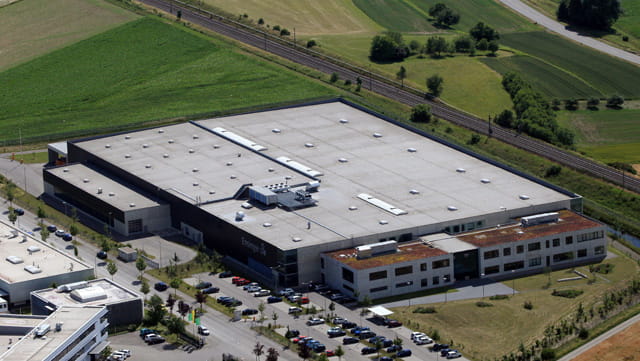
Injection compression molding (ICM) is an innovative hybrid process that combines the advantages of both injection molding and compression molding. The main goal of this process is to reduce internal stress and minimize warpage, while significantly improving the dimensional accuracy and surface quality of molded parts.
Unlike conventional injection molding, the mold is initially not fully closed in the injection compression molding process. Instead, molten plastic is injected into the still partially open cavity. Only afterwards does a controlled compression movement close the mold completely, distributing the melt uniformly under pressure and compressing it into the final geometry. This method is sometimes referred to as compression injection.
The uniform material distribution during compression plastic molding reduces residual stresses and ensures extremely accurate reproduction of fine details – ideal for components with tight tolerances.
Due to the absence of a conventional holding pressure phase, the plastic cools under low stress. This drastically reduces the risk of warpage or sink marks – especially in materials with high shrinkage like POM, PET, PA or PBT.
The process uses the machine's clamping unit more efficiently. This makes it particularly suitable for large or thin-walled parts where conventional molding would require excessive clamping force.
